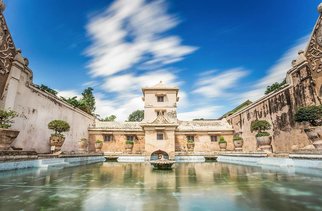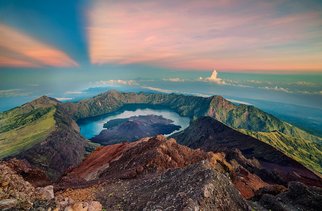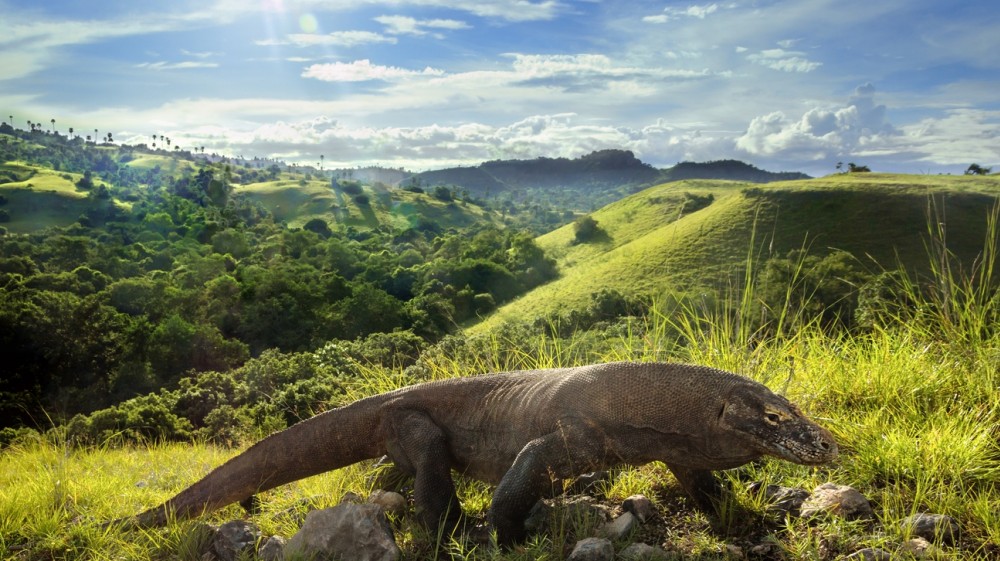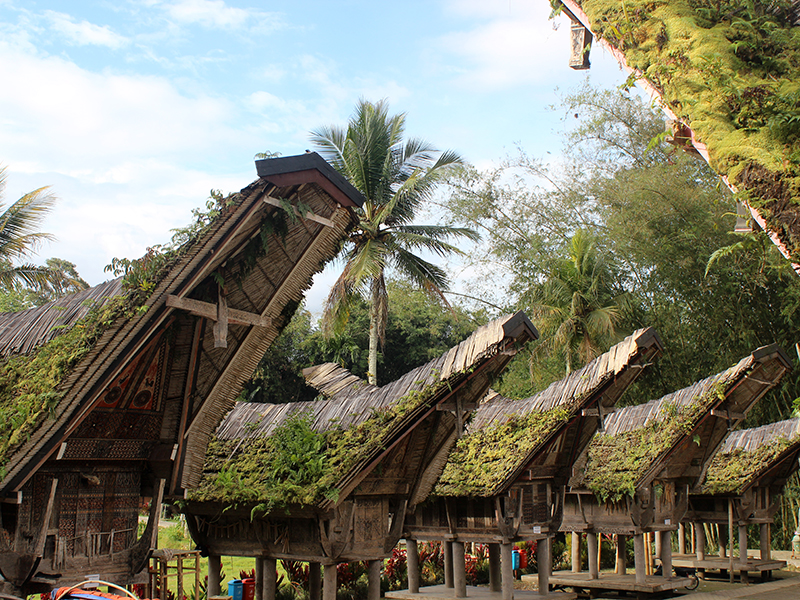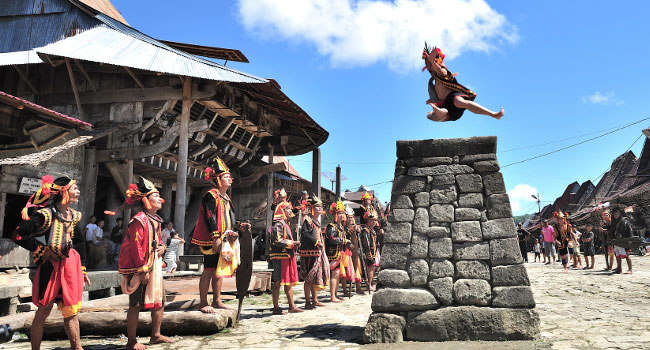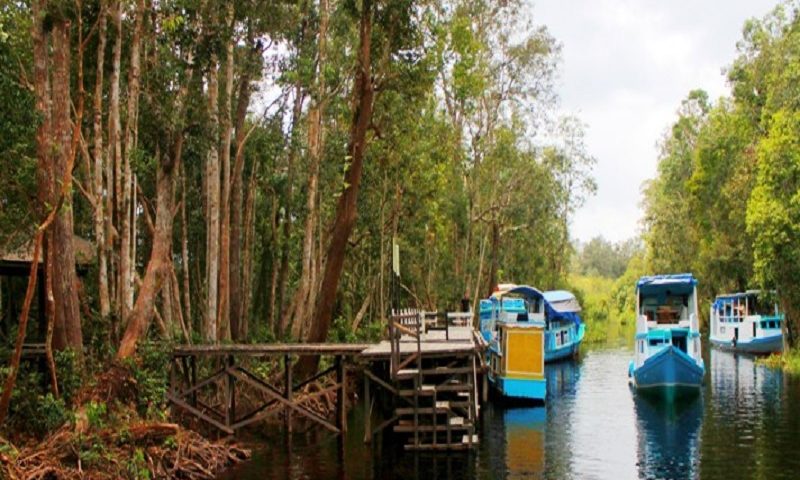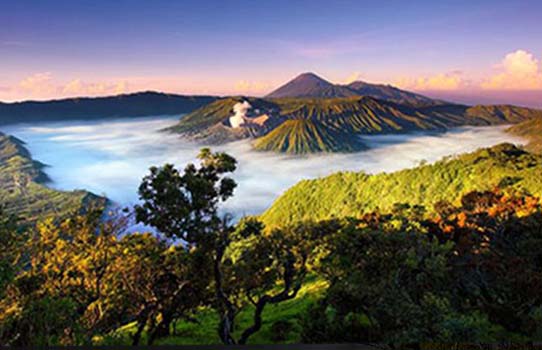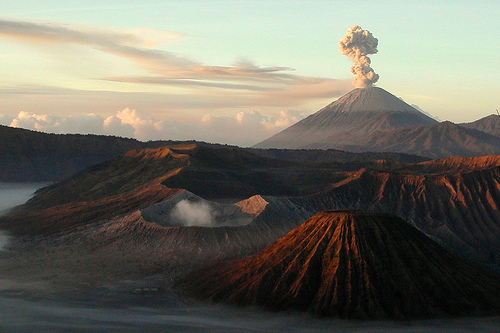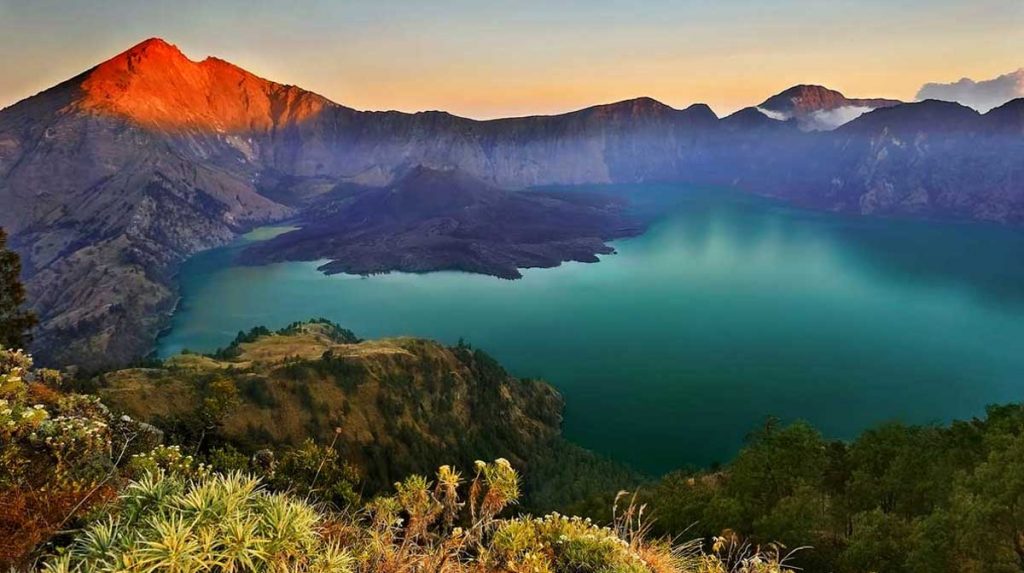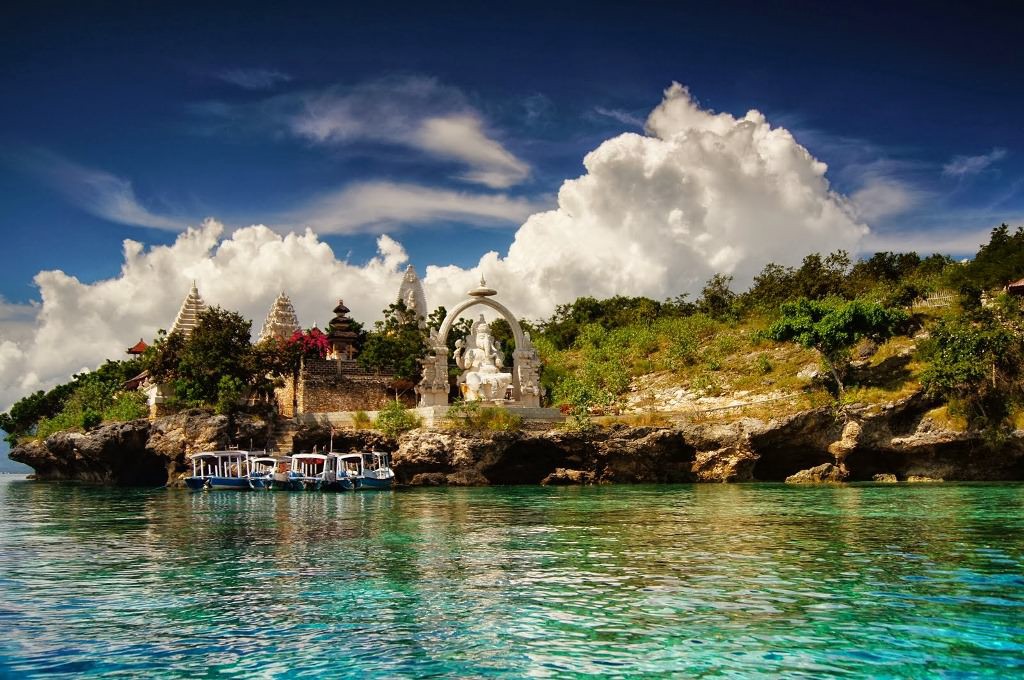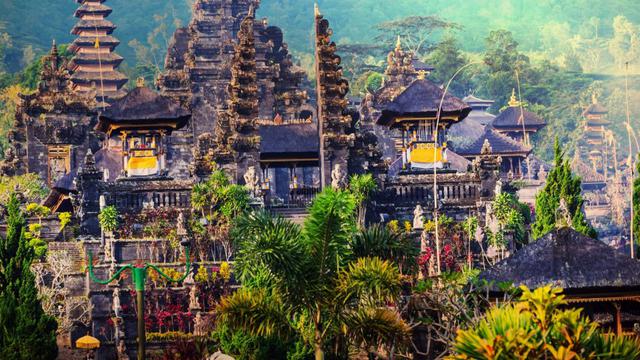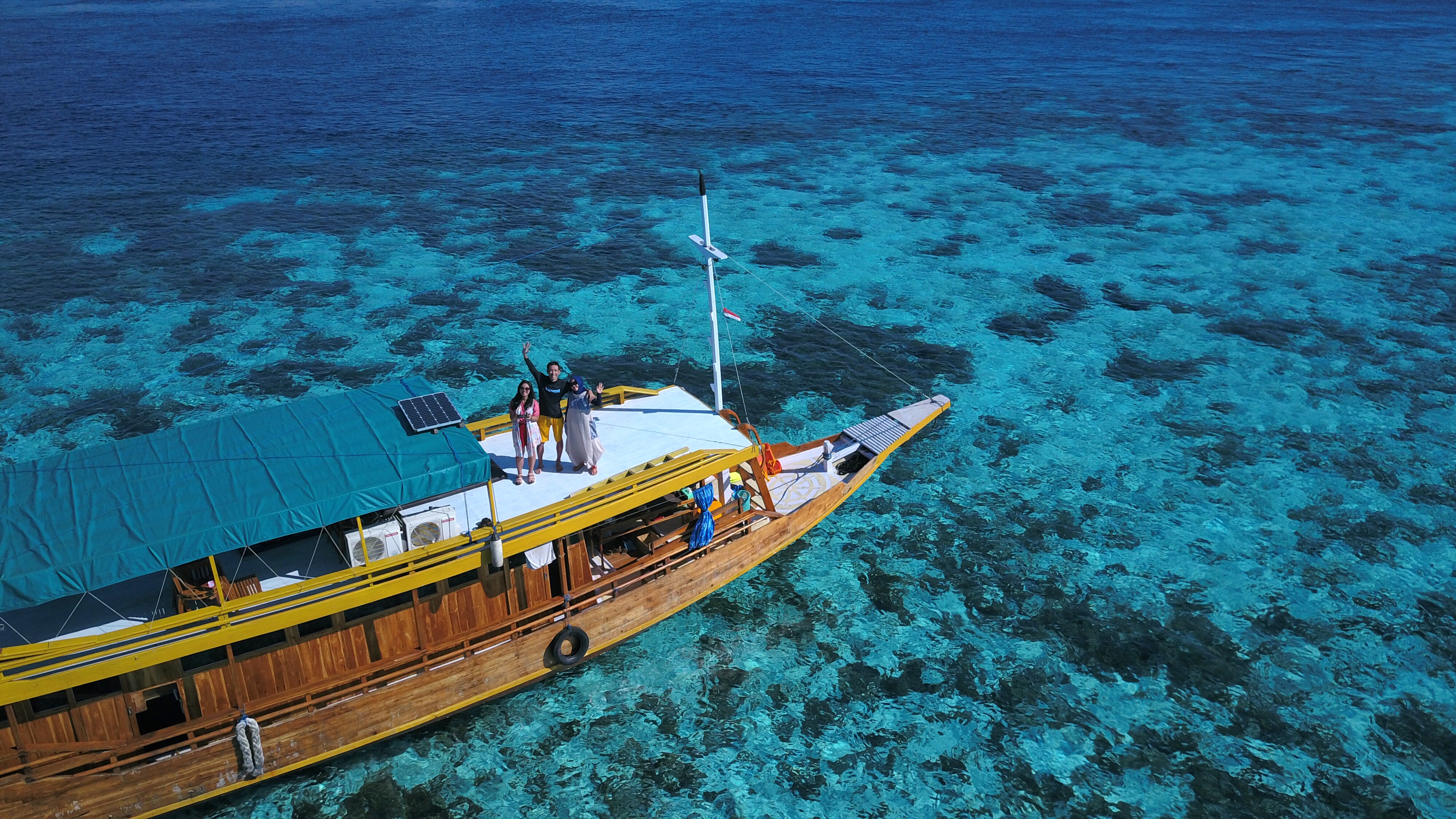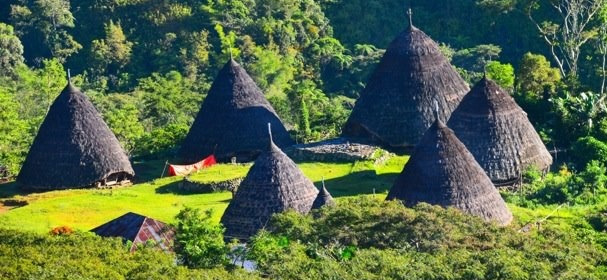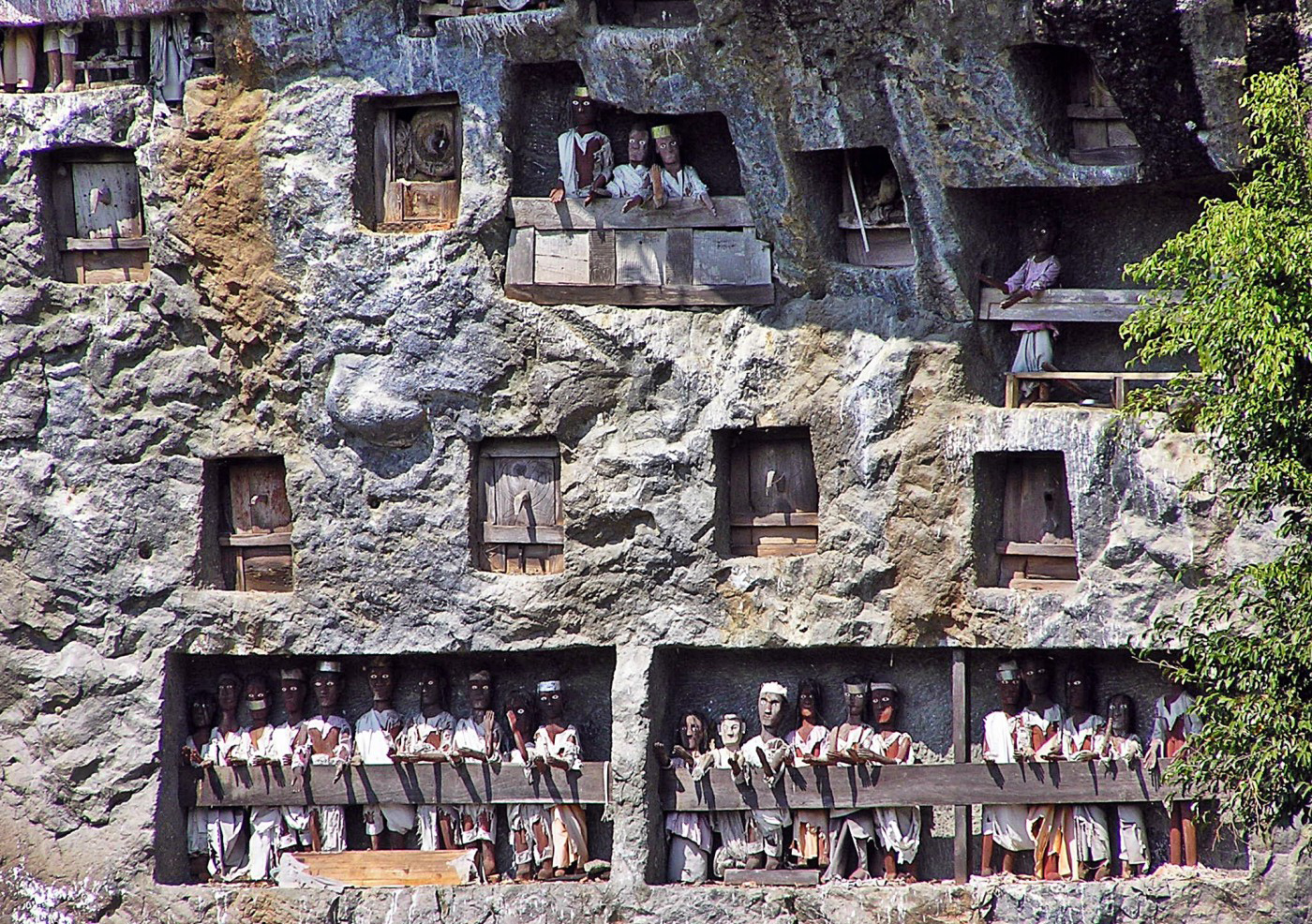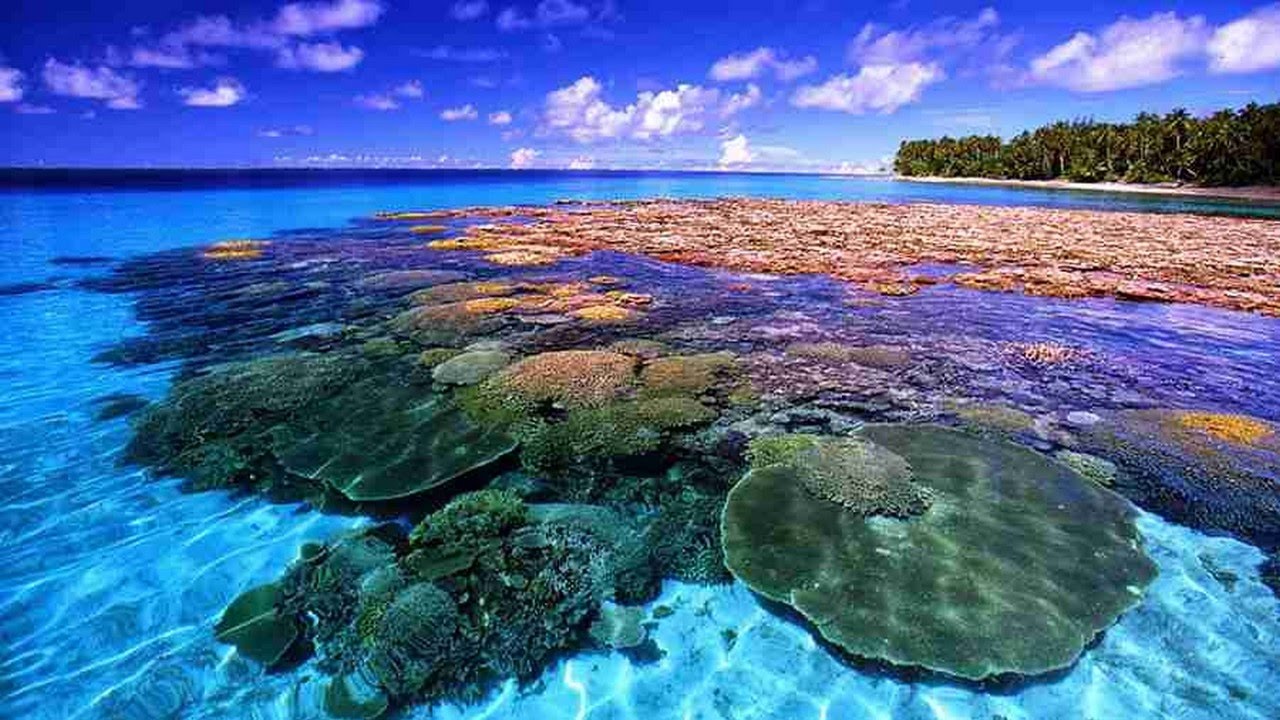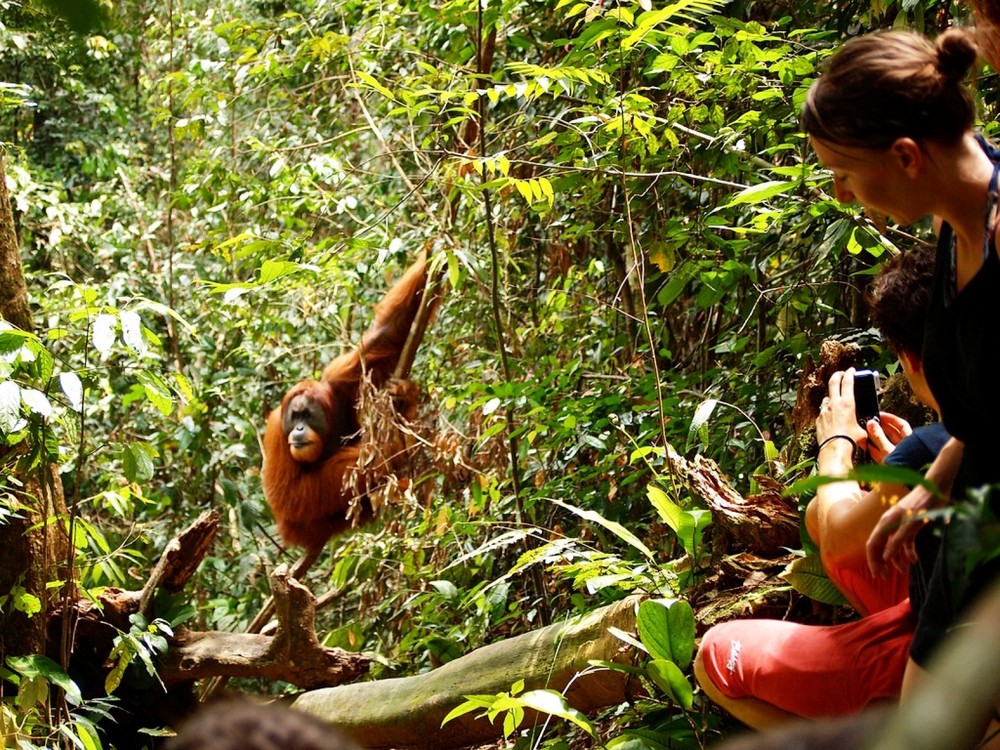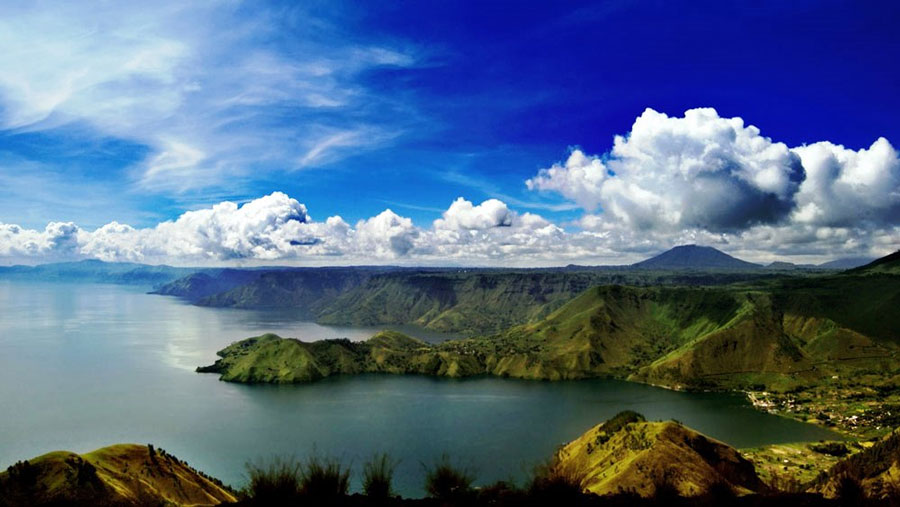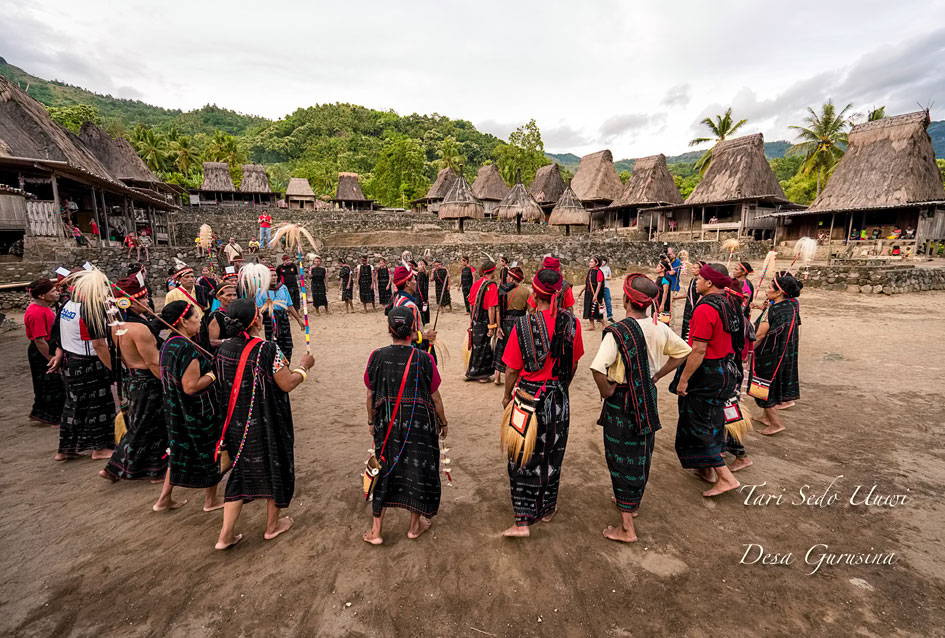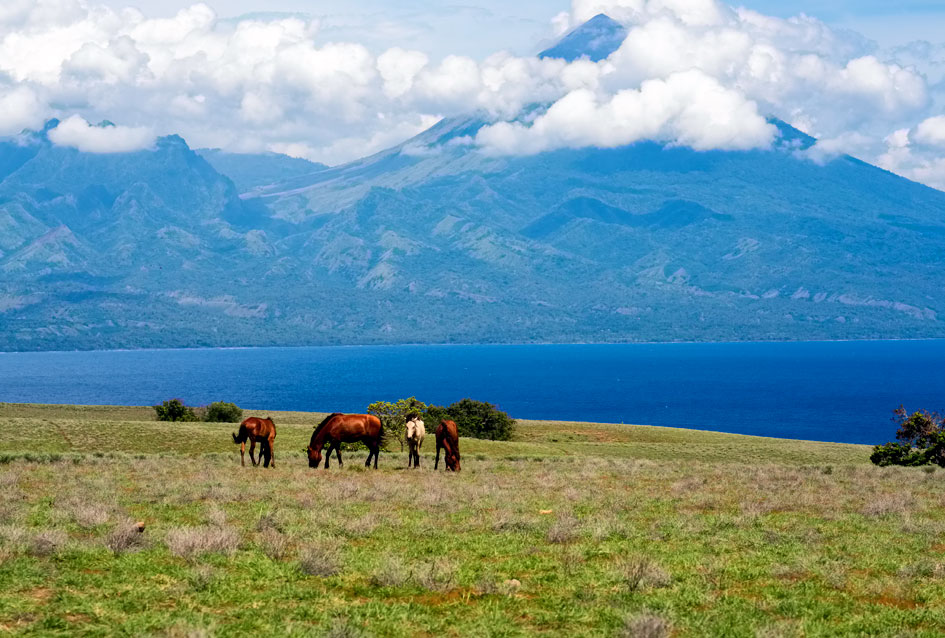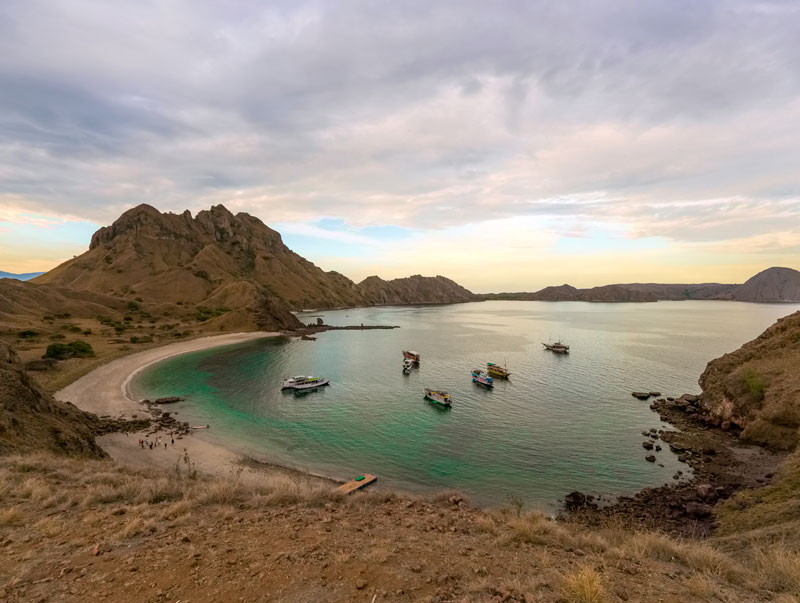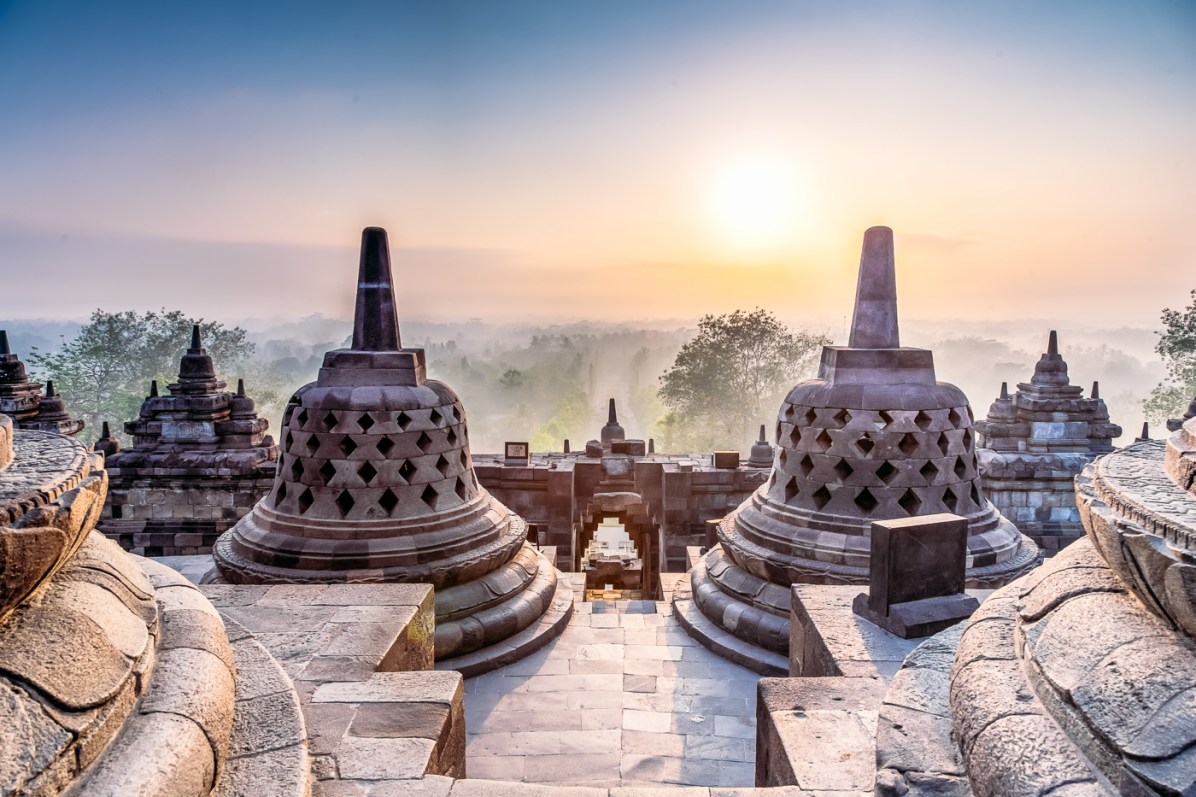
Located on the island of Java, the magnificent Borobudur temple is the world’s biggest Buddhist monument, an ancient site widely considered to be one of the world’s seven wonders. The temple sits majestically on a hilltop overlooking lush green fields and distant hills. Built in the 9th century during the reign of the Syailendra dynasty, the temple’s design in Gupta architecture reflects India's influence on the region, yet there are enough indigenous scenes and elements incorporated to make Bor...
-
Vacation Style Family & GIT
-
Activity Level Medium
Borobudur, or Candi Borobudur,is a 9th-century Mahayana Buddhist temple in Magelang, Central Java, Indonesia, and the world's largest Buddhist temple.The temple consists of nine stacked platforms, six square and three circular, topped by a central dome. It is decorated with 2,672 relief panels and 504 Buddha statues. The central dome is surrounded by 72 Buddha statues, each seated inside a perforated stupa.
Built in the 9th century during the reign of the Sailendra Dynasty, the temple design follows Javanese Buddhist architecture, which blends the Indonesian indigenous cult of ancestor worship and the Buddhist concept of attaining Nirvana.The temple demonstrates the influences of Gupta art that reflects India's influence on the region, yet there are enough indigenous scenes and elements incorporated to make Borobudur uniquely Indonesian.The monument is a shrine to the Lord Buddha and a place for Buddhist pilgrimage. The pilgrim journey begins at the base of the monument and follows a path around the monument, ascending to the top through three levels symbolic of Buddhist cosmology: Kāmadhātu (the world of desire), Rupadhatu (the world of forms) and Arupadhatu (the world of formlessness). The monument guides pilgrims through an extensive system of stairways and corridors with 1,460 narrative relief panels on the walls and the balustrades. Borobudur has the largest and most complete ensemble of Buddhist reliefs in the world.
Evidence suggests Borobudur was constructed in the 9th century and abandoned following the 14th-century decline of Hindu kingdoms in Java and the Javanese conversion to Islam. Worldwide knowledge of its existence was sparked in 1814 by Sir Thomas Stamford Raffles, then the British ruler of Java, who was advised of its location by native Indonesians. Borobudur has since been preserved through several restorations. The largest restoration project was undertaken between 1975 and 1982 by the Indonesian government and UNESCO, followed by the monument's listing as a UNESCO World Heritage Site.
Borobudur remains popular for pilgrimage. Once a year, Buddhists in Indonesia celebrate Vesak at the monument, and Borobudur is Indonesia's single most visited tourist attraction.
- 2 nights accommodation at hotel of choice, based on twin-sharing (2 persons per room)
- Meals mentioned in the itinerary as specified (B=Breakfast, L=Lunch, D=Dinner)
- Private transportation in a chauffeur-driven, air-conditioned vehicle
- Bottled drinking water during transfers
- Tours and activities as indicated in the itinerary
- Professional and licensed English-speaking guide (additional charge applies for other language-speaking guide)
- All entrance fees, donations and parking fees as per itinerary
- Public Liability Insurance
- 11% local government tax and 10% service charge
- Visa fee/arrangements if applicable
- Any domestic or international flights
- Any alcoholic beverages
- Personal expenses such as laundry, telephone call, room service, mini bar, etc
- Personal health and travel insurance
- Gratuities/ tipping for driver and/or guide and porterage
- Any applicable High Season and Peak /Festive Season surcharge
- Any additional excursion/optional tours/Activites that are not mentioned in the itinerary
| Departure Dates Confirmed Dates | Trip Status Trip Status | Price (PP) Including Flights | Price (PP) Excluding Flights |
|---|










